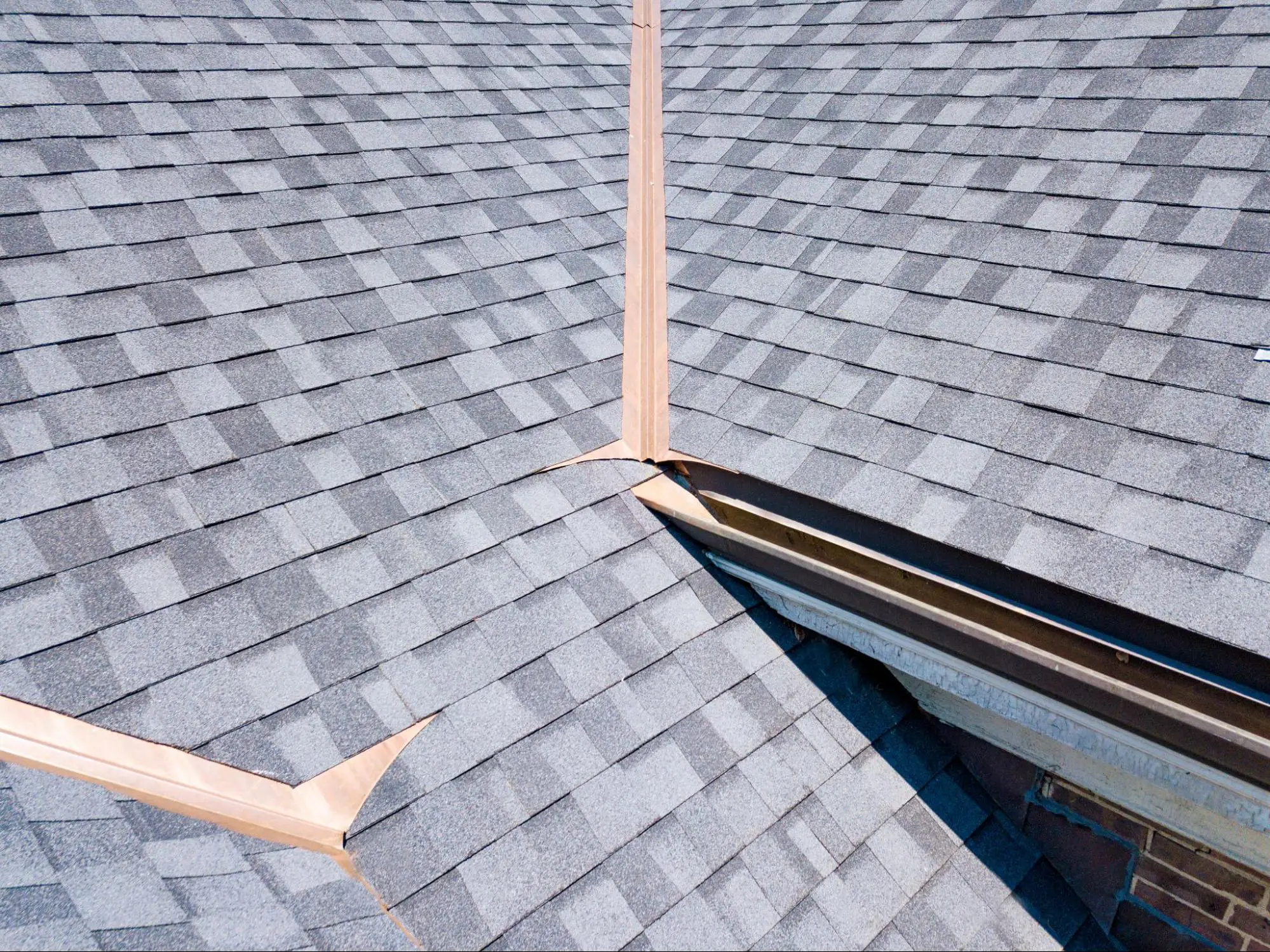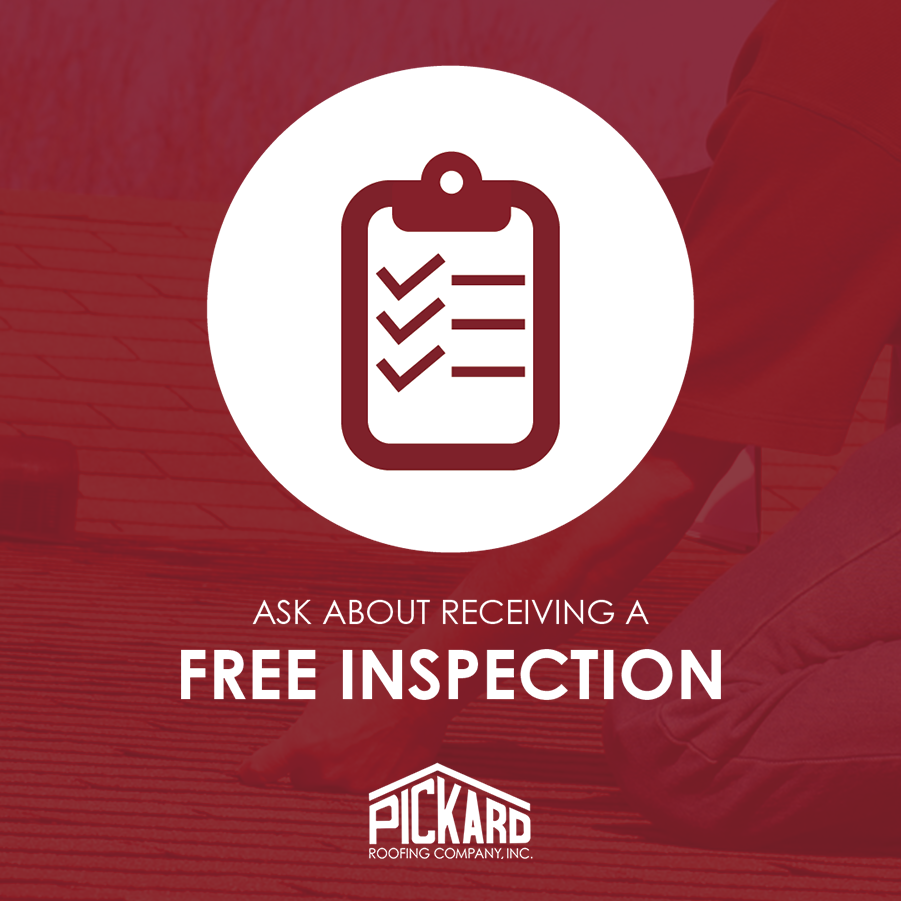Roof flashing is an essential component of any roof system. It is used to prevent water and other debris from entering the roof system and damaging the underlying structure. In this blog post, we will discuss what roof flashing is, its purpose, and common installation methods. We will also provide you with some tips on how to maintain your roof flashing properly. Let's get started!
What Is Roof Flashing?
In any roofing system, it is important to keep water and moisture out. One of the ways this is accomplished is with flashing.
Flashing is a thin, flat piece of metal that helps to direct water away from the seams and joints in a roof.
It is installed over the underlayment and underneath the shingles in a shingled roof. On a metal roof, it would be installed on top of the panels.
What Is Its Purpose?
The purpose of roof flashing is to protect your roofing system against potential damage caused by water infiltration. It serves as an additional layer of protection against cracking, warping, buckling, expansion/contraction due to temperature changes, and other roofing issues. Furthermore, roof flashing is used to waterproof roof valleys, ridges, chimneys, eaves, roof edges, and any other roof penetrations.
Where is Roof Flashing Installed?
Although it may not seem like much, flashing is essential to your roof's performance. If installed improperly, though, you could experience significant problems down the road, such as water damage and deterioration. Flashing is used in a few areas of roofs that are particularly vulnerable to leaks:
- Roof valleys: On a sloped roof, flashing needs to be installed at the point where two valleys meet. This is where the meeting of two sloping roofs creates an angle; if left unsecured, water can easily penetrate these spots and cause damage.
- Roof vents: Flashing must be installed around all hood and pipe vents to prevent water damage to your roof.
- Chimneys: Install flashing in several sections around the base of your roof's chimney. Sealing up the area around your chimney is imperative to keeping your home's interior dry.
- Skylights: When discussing skylights with your contractor, be sure to inquire about the flashing. Some skylights have raised wood curbs and others might have integrated flashing.
How Do You Maintain Your Roof Flashing?
Roof flashing is one of the most important elements of any roofing system, yet it is often overlooked.
Flashing is installed at vulnerable points on the roof, such as around chimneys, vent pipes, and skylights. Its purpose is to create a watertight seal that prevents water from seeping into the home. Over time, however, flashing can become damaged or displaced, leaving gaps that allow water to enter the home.
To prevent this from happening, it is important to inspect your flashing regularly and repair any damage as soon as possible.
If you have any doubts about your ability to properly repair or replace your flashing, you should always consult a professional roofer. With proper maintenance, your roof flashing will continue to protect your home for years to come.
Flashing is Only One Part Of Your Roof System
While important, roof flashing is only one part of your roofing system. To ensure that your roof remains in top condition and helps protect your home from water damage, you should also inspect and repair your roof regularly.
This includes inspecting the roof for missing, damaged or deteriorated shingles as well as looking for signs of roof damage such as cracking, buckling or warping. If you notice any problems with your roof, it is important to have them addressed immediately by a professional roofer. Doing so will help save you money and stress in the long run.
Conclusion
Roof flashing is an important part of any roof system as it helps protect against water infiltration and other roofing issues. It should be installed correctly and regularly inspected and maintained to ensure maximum protection of your roof. Following these tips will help keep your roof in good condition for years to come!
At Pickard Roofing, we think Design. Craft. Renew. We are experienced in all types of roofing systems- and provide the right roofing design and selective craftsmanship for renewing our customer’s assets. We invite sustainable building customers to give us a call for your free evaluation. For over 90 years Pickard Roofing Company has installed countless metal, tile, slate, TPO, EPDM, and all types of shingle roofing in the Triangle. Our services include residential, commercial, custom architectural metal fabrication, and historical renovation.







